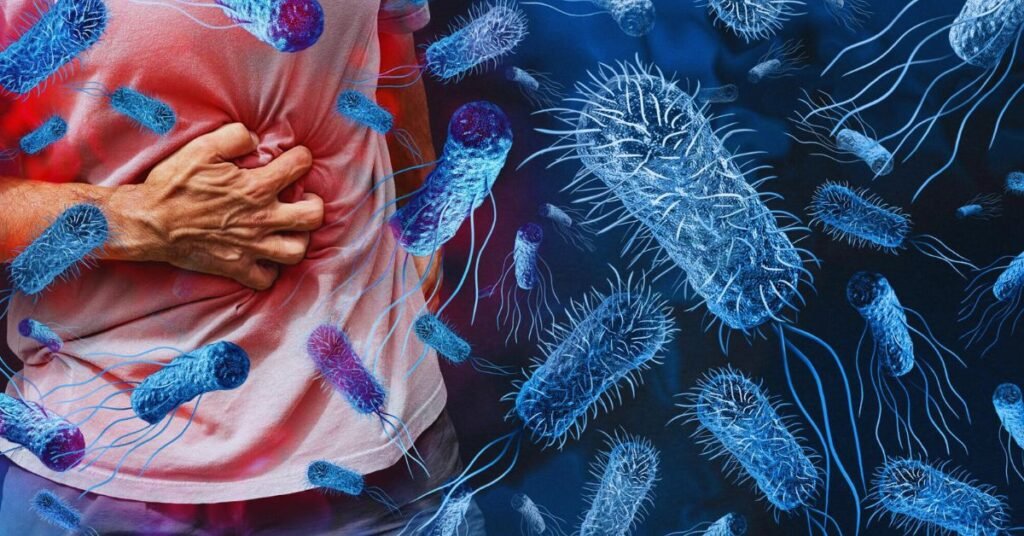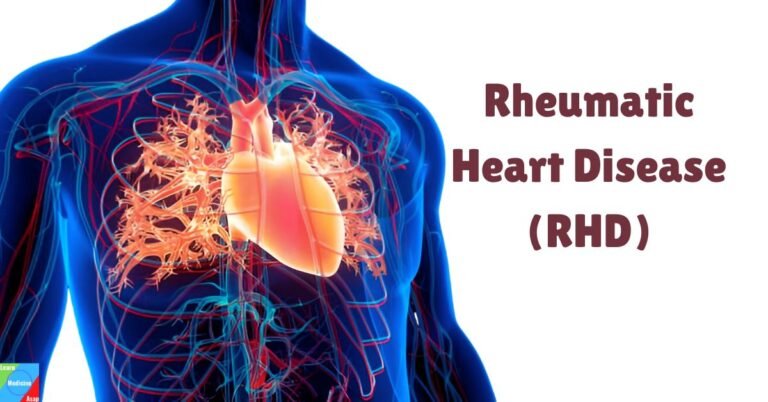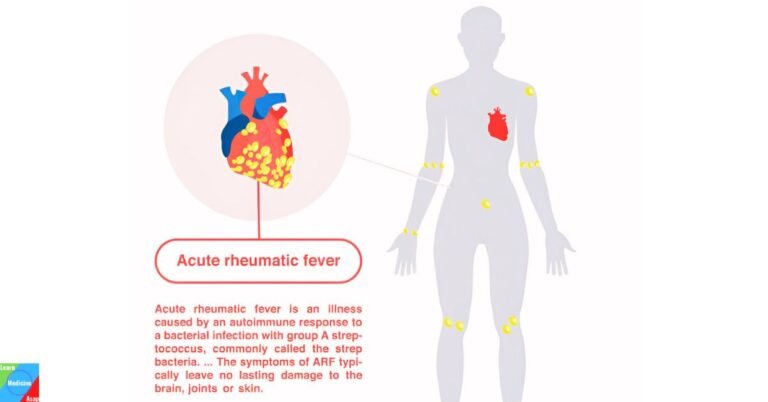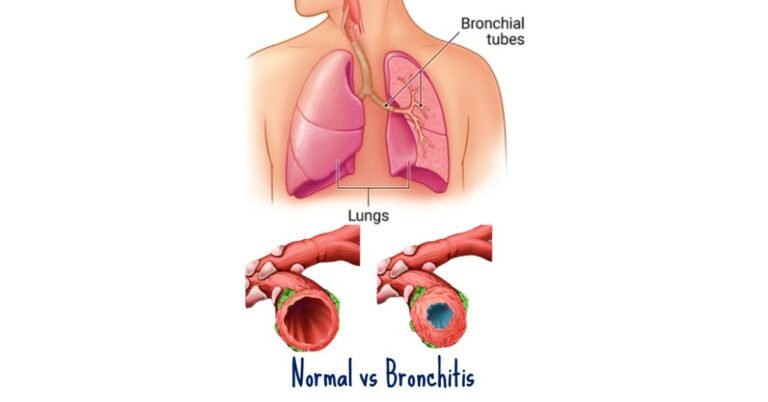Causes | Symptoms | Diagnosis | Treatment | Complications | Prevention | Takeaway | FAQs
Cholera is a highly infectious bacterial disease that affects the small intestine, causing rapid onset of profuse watery diarrhea and vomiting. It is primarily transmitted through contaminated water and food, leading to severe dehydration and, in some cases, death.
What is cholera?
Cholera is an acute, diarrheal illness caused by the bacterium Vibrio cholerae. This waterborne pathogen is responsible for a potentially life-threatening infection that primarily affects the small intestine. Cholera is known for its rapid onset of severe watery diarrhea, leading to dehydration and electrolyte imbalances, and if left untreated, it can be fatal.

What causes cholera?
Cholera is caused by the bacterium Vibrio cholerae, specifically strains that produce cholera toxin. Vibrio cholerae is a curved, rod-shaped bacterium that thrives in aquatic environments, particularly in brackish or coastal waters. There are several factors that contribute to the emergence and transmission of cholera.
- Contaminated water sources: The primary mode of transmission for cholera is the ingestion of water or food contaminated with Vibrio cholerae. The bacterium can survive and multiply in water bodies that are polluted with human feces, and the consumption of such contaminated water is a common pathway for infection. Inadequate sanitation and poor sewage disposal systems contribute significantly to the contamination of water sources.
- Unhygienic food handling: Cholera can also spread through the consumption of contaminated food, especially if it has been prepared or handled by individuals with poor hygiene practices. Raw or undercooked seafood, fruits, and vegetables irrigated with contaminated water are potential sources of infection. Additionally, the use of contaminated utensils, dishes, or surfaces in food preparation can contribute to the transmission of Vibrio cholerae.
- Person-to-person transmission: While the primary mode of transmission is through contaminated water and food, person-to-person transmission can occur in crowded or unsanitary conditions. Fecal-oral transmission can happen when an infected person’s fecal matter comes into contact with the mouth of another person, either directly or through contaminated surfaces.
- Environmental factors: Vibrio cholerae is particularly adapted to survive and multiply in specific environmental conditions. Factors such as warm temperatures, salinity, and nutrient availability influence the growth and persistence of the bacterium in aquatic environments. Coastal regions with brackish water are often considered favorable environments for Vibrio cholerae.
- Human host susceptibility: Not everyone exposed to Vibrio cholerae develops symptomatic cholera. Certain factors, such as a person’s immune status and gastric acidity, can influence susceptibility. Individuals with compromised immune systems, malnutrition, or pre-existing medical conditions may be more vulnerable to severe cholera infections.
What are the symptoms of cholera?
Cholera manifests with a distinctive set of symptoms, primarily centered around severe gastrointestinal distress. The onset of symptoms is often sudden and can escalate rapidly, leading to potentially life-threatening complications. The key symptoms of cholera include:
- Watery diarrhea: The hallmark symptom of cholera is profuse, watery diarrhea. The diarrhea is often described as “rice-water” due to its pale and watery appearance. The volume of fluid loss can be significant, leading to rapid dehydration.
- Dehydration: The severe and continuous loss of fluids through diarrhea can quickly result in dehydration. Dehydration is a critical concern in cholera cases and can lead to a range of symptoms, including extreme thirst, dry mouth, sunken eyes, reduced urine output, and dark-colored urine.
- Vomiting: Cholera often induces vomiting, which exacerbates fluid loss and contributes to the rapid onset of dehydration. The vomited material may also resemble the characteristic “rice-water” appearance.
- Muscle cramps: Dehydration and electrolyte imbalances can lead to muscle cramps and spasms. These cramps are a result of the loss of essential electrolytes, such as sodium and potassium, through the excessive diarrhea.
- Hypovolemic shock: In severe cases, cholera can progress to hypovolemic shock, a condition characterized by a significant drop in blood volume. This can lead to a rapid decline in blood pressure, increased heart rate, confusion, and, if not promptly treated, organ failure.
- Low blood pressure: Dehydration and fluid loss can cause a drop in blood pressure, leading to symptoms such as dizziness, lightheadedness, and fainting.
- Rapid heart rate: The body attempts to compensate for the decreased blood volume by increasing the heart rate. A rapid and weak pulse is a common symptom in severe cholera cases.
It’s important to note that not everyone infected with Vibrio cholerae will exhibit symptoms. Some individuals may carry the bacterium asymptomatically but still have the potential to spread the infection to others. The severity of symptoms can vary widely, with some individuals experiencing mild or moderate symptoms while others develop severe, life-threatening complications.
Prompt medical attention is crucial for individuals suspected of having cholera, especially given the rapid progression of dehydration.
How is cholera diagnosed?
Diagnosing cholera involves a combination of clinical evaluation, laboratory testing, and epidemiological considerations. Given the rapid onset and potentially severe consequences of the disease, timely and accurate diagnosis is crucial for effective treatment and control. The following steps are typically involved in diagnosing cholera:
Clinical evaluation:
- Symptom assessment: Healthcare professionals assess the patient’s symptoms, paying close attention to the characteristic features of cholera, such as profuse watery diarrhea, vomiting, and dehydration.
- Medical history: A thorough medical history is obtained to identify recent travel to areas with known cholera outbreaks, exposure to contaminated water or food, and any potential contact with individuals diagnosed with cholera.
Laboratory testing:
- Stool sample analysis: The definitive diagnosis of cholera involves laboratory testing of a stool sample. A sample is collected from the affected individual and analyzed to detect the presence of Vibrio cholerae bacteria. This is often done through culture techniques or molecular methods, such as polymerase chain reaction (PCR).
- Rapid diagnostic tests: In some cases, rapid diagnostic tests may be used to quickly identify the cholera toxin or the presence of Vibrio cholerae antigens in the stool. These tests can provide faster results than traditional culture methods.
Blood tests:
- Electrolyte levels: Blood tests may be conducted to assess electrolyte levels, especially sodium and potassium, which can be imbalanced due to the excessive fluid loss associated with cholera. This helps guide appropriate treatment strategies.
Epidemiological considerations:
- Contact tracing: Identifying and tracing contacts of individuals diagnosed with cholera is crucial to control the spread of the disease. Epidemiological investigations help determine the source of the infection and prevent further transmission within the community.
- Surveillance: Ongoing surveillance of cases and monitoring of water and sanitation conditions in the affected area contribute to early detection and containment of cholera outbreaks.
Clinical criteria:
- Assessment of dehydration: Healthcare providers assess the degree of dehydration in the patient, as this is a critical factor in determining the severity of the illness. Clinical signs, such as sunken eyes, dry mucous membranes, and reduced urine output, are evaluated.
Given the urgency of treatment for cholera, clinical suspicion and initial management often begin before laboratory results are available.
How is cholera treated?
The treatment of cholera primarily focuses on rapid rehydration to address the severe dehydration caused by profuse diarrhea and vomiting. Additionally, antibiotic therapy may be employed to reduce the duration and severity of symptoms. The key components of cholera treatment include:
Rehydration therapy:
- Oral rehydration solution (ORS): For mild to moderate cases of cholera, oral rehydration solution, a mixture of water, salts, and sugar, is often sufficient. This solution helps replace the fluids and electrolytes lost due to diarrhea. ORS is a cost-effective and easily administered treatment that can be given at home.
- Intravenous fluids: In severe cases or when oral rehydration is not tolerated, intravenous (IV) fluids may be administered in a healthcare setting. This is crucial for rapidly correcting dehydration and electrolyte imbalances. Intravenous therapy is often necessary for patients with severe cholera symptoms, such as profuse diarrhea and vomiting.
Antibiotic therapy: Antibiotics, such as doxycycline, azithromycin, or ciprofloxacin, may be prescribed to shorten the duration and severity of symptoms, especially in moderate to severe cases. Antibiotic treatment can also reduce the shedding of Vibrio cholerae in the stool, aiding in the control of the spread of the infection. However, rehydration remains the primary and immediate focus of treatment.
Zinc supplementation: Zinc supplementation is often recommended, particularly for children, as it can help reduce the duration and severity of diarrhea. Zinc plays a role in supporting the immune system and maintaining the integrity of the intestinal lining.
Nutritional support: In severe cases, nutritional support may be necessary to address malnutrition and promote recovery. This may involve the gradual reintroduction of appropriate foods once rehydration has been successfully initiated.
Isolation and hygiene measures: Infected individuals should be isolated to prevent the spread of the disease. Adequate sanitation and hygiene measures, including proper disposal of feces and adherence to infection control practices, are crucial to limit person-to-person transmission.
Post-treatment monitoring: Patients recovering from cholera should be monitored for ongoing hydration status and overall well-being. Close follow-up is essential to address any complications or recurrence of symptoms.
Early intervention is critical in cholera treatment, and prompt access to healthcare facilities for rehydration is vital to prevent severe dehydration and potential complications.
It’s important to note that the World Health Organization (WHO) and other health organizations provide guidelines for the treatment of cholera, and healthcare professionals may adapt treatment approaches based on the severity of the individual case and local circumstances.
What are the complications of cholera?
Cholera, if not promptly and effectively treated, can lead to various complications, some of which can be life-threatening. The primary complication arises from the severe dehydration caused by the rapid loss of fluids and electrolytes through profuse diarrhea. The complications of cholera include:
- Dehydration: The most immediate and critical complication of cholera is dehydration. The excessive loss of fluids and electrolytes leads to dehydration, which, if left untreated, can progress rapidly. Dehydration manifests through symptoms such as extreme thirst, dry mucous membranes, sunken eyes, reduced urine output, and dark-colored urine.
- Electrolyte imbalances: Cholera-induced diarrhea results in the loss of essential electrolytes, including sodium and potassium. Electrolyte imbalances can lead to muscle cramps, weakness, and, in severe cases, disrupt normal cardiac and neurological functions. Monitoring and restoring electrolyte balance are crucial aspects of cholera treatment.
- Hypovolemic shock: In severe cases, dehydration can progress to hypovolemic shock, a medical emergency characterized by a significant drop in blood volume. This can lead to a rapid decline in blood pressure, increased heart rate, confusion, and, if not promptly treated, organ failure.
- Acidosis: Prolonged and severe dehydration can lead to metabolic acidosis, where the body’s pH balance becomes disrupted due to the accumulation of acidic substances. Acidosis can further contribute to organ dysfunction and complications.
- Renal failure: The kidneys may be affected by the severe dehydration and electrolyte imbalances, potentially leading to acute kidney injury or renal failure. Proper rehydration and electrolyte management are crucial in preventing renal complications.
- Cardiac arrhythmias: Electrolyte imbalances, particularly low potassium levels (hypokalemia), can affect the heart’s electrical conduction system, leading to cardiac arrhythmias. Monitoring and correcting electrolyte levels are essential in preventing cardiac complications.
- Multi-organ failure: In the most severe cases, untreated cholera can lead to multi-organ failure, where multiple organs, including the kidneys, liver, and lungs, fail to function properly. This is a life-threatening condition that requires intensive medical intervention.
- Death: While proper and timely treatment can be highly effective, untreated severe cholera can result in death, particularly in vulnerable populations such as young children, the elderly, and individuals with compromised immune systems.
How is cholera prevented?
Preventing cholera involves a multifaceted approach that addresses both individual and community-level factors. Here are the details of how cholera can be prevented:
- Access to clean water: Ensuring access to clean and safe water is fundamental in preventing cholera. This involves providing communities with access to treated and potable water sources, as well as implementing measures to protect water supplies from contamination.
- Improved sanitation: Adequate sanitation facilities, including proper disposal of human waste, play a crucial role in preventing the contamination of water sources. The construction and maintenance of sanitary latrines and sewage systems help minimize the risk of Vibrio cholerae entering water supplies.
- Hygiene education: Educating communities about proper hygiene practices is essential. This includes promoting regular handwashing with soap and water, especially after using the toilet and before handling food. Additionally, emphasizing the importance of food safety and safe food preparation practices is crucial.
- Cholera vaccination: Vaccination can be an effective tool in preventing cholera, particularly in areas with a high incidence of the disease or during outbreaks. Oral cholera vaccines, such as those prequalified by the World Health Organization (WHO), can provide protection against severe cholera and contribute to the control of outbreaks.
- Surveillance and early detection: Establishing a robust system for disease surveillance helps in the early detection of cholera cases. Timely identification allows for swift response measures, including the provision of medical care, implementation of preventive measures, and contact tracing.
- Prompt and appropriate treatment: Ensuring prompt access to healthcare facilities for individuals with cholera symptoms is crucial. Early initiation of rehydration therapy and, if necessary, antibiotic treatment can prevent complications and reduce the severity of the disease.
- Community engagement: Engaging communities in cholera prevention efforts is essential. This includes raising awareness about the importance of clean water, proper sanitation, and hygiene practices. Community involvement fosters a sense of responsibility and active participation in maintaining a healthy environment.
Implementing a combination of these strategies tailored to the specific needs of communities helps build resilience against cholera outbreaks and contributes to overall public health improvement.
Takeaway
Cholera is a serious and potentially fatal disease that requires prompt medical attention. Cholera vaccination, surveillance, and global cooperation play crucial roles in curbing outbreaks. A comprehensive understanding of cholera empowers communities and healthcare systems to prioritize preventive measures and early treatment, fostering improved public health outcomes.
Frequently Asked Questions
Q: What causes cholera, and how is it transmitted?
A: Cholera is caused by the bacterium Vibrio cholerae. It is primarily transmitted through the ingestion of contaminated water or food, often in areas with poor sanitation and hygiene practices.
Q: What are the common symptoms of cholera?
A: The hallmark symptoms of cholera include profuse watery diarrhea, dehydration, vomiting, and muscle cramps. Recognizing these symptoms is crucial for seeking timely medical attention.
Q: How is cholera diagnosed?
A: Cholera is diagnosed through laboratory testing, including the analysis of stool samples. Clinical evaluation and epidemiological considerations also play a role in confirming cases.
Q: What is the treatment for cholera?
A: Treatment involves rehydration therapy, with oral or intravenous fluids, to address dehydration. Antibiotics may be prescribed to reduce the severity and duration of symptoms.
Q: What complications can arise from cholera?
A: Complications include severe dehydration, electrolyte imbalances, hypovolemic shock, and, in severe cases, multi-organ failure. Prompt and appropriate treatment is essential to mitigate these risks.
Q: How can cholera be prevented?
A: Prevention strategies include ensuring access to clean water, improving sanitation, promoting good hygiene practices, vaccination in endemic areas, and global collaboration to control outbreaks.
Q: Is there a vaccine for cholera, and who should get vaccinated?
A: Yes, there are oral cholera vaccines recommended for individuals in endemic areas or during outbreaks. Vaccination is often prioritized for vulnerable populations and those at increased risk of exposure.
Q: What role does hygiene education play in cholera prevention?
A: Hygiene education is crucial in preventing cholera. Promoting proper handwashing, safe food handling, and sanitation practices empowers communities to reduce the risk of infection.
Q: How does global collaboration contribute to cholera prevention?
A: International cooperation involves sharing resources, expertise, and technologies to support affected regions in implementing effective cholera prevention and control measures. This collaboration enhances the global response to outbreaks.
References
- World Health Organization (WHO). (2021). Cholera Fact Sheet. Retrieved from https://www.who.int/news-room/fact-sheets/detail/cholera
- Centers for Disease Control and Prevention (CDC). (2021). Cholera – Vibrio cholerae infection. Retrieved from https://www.cdc.gov/cholera/index.html
- Ali, M., Nelson, A. R., & Lopez, A. L. (2015). Sack RB. Updated global burden of cholera in endemic countries. PLoS Negl Trop Dis, 9(6), e0003832. doi: 10.1371/journal.pntd.0003832
- Bhattacharya, S. K., Sur, D., Ali, M., Kanungo, S., You, Y. A., Manna, B., … & Clemens, J. D. (2013). 5 year efficacy of a bivalent killed whole-cell oral cholera vaccine in Kolkata, India: a cluster-randomised, double-blind, placebo-controlled trial. The Lancet Infectious Diseases, 13(12), 1050-1056. doi: 10.1016/S1473-3099(13)70273-1
- Harris, J. B., LaRocque, R. C., Qadri, F., Ryan, E. T., & Calderwood, S. B. (2012). Cholera. The Lancet, 379(9835), 2466-2476. doi: 10.1016/S0140-6736(12)60436-X



